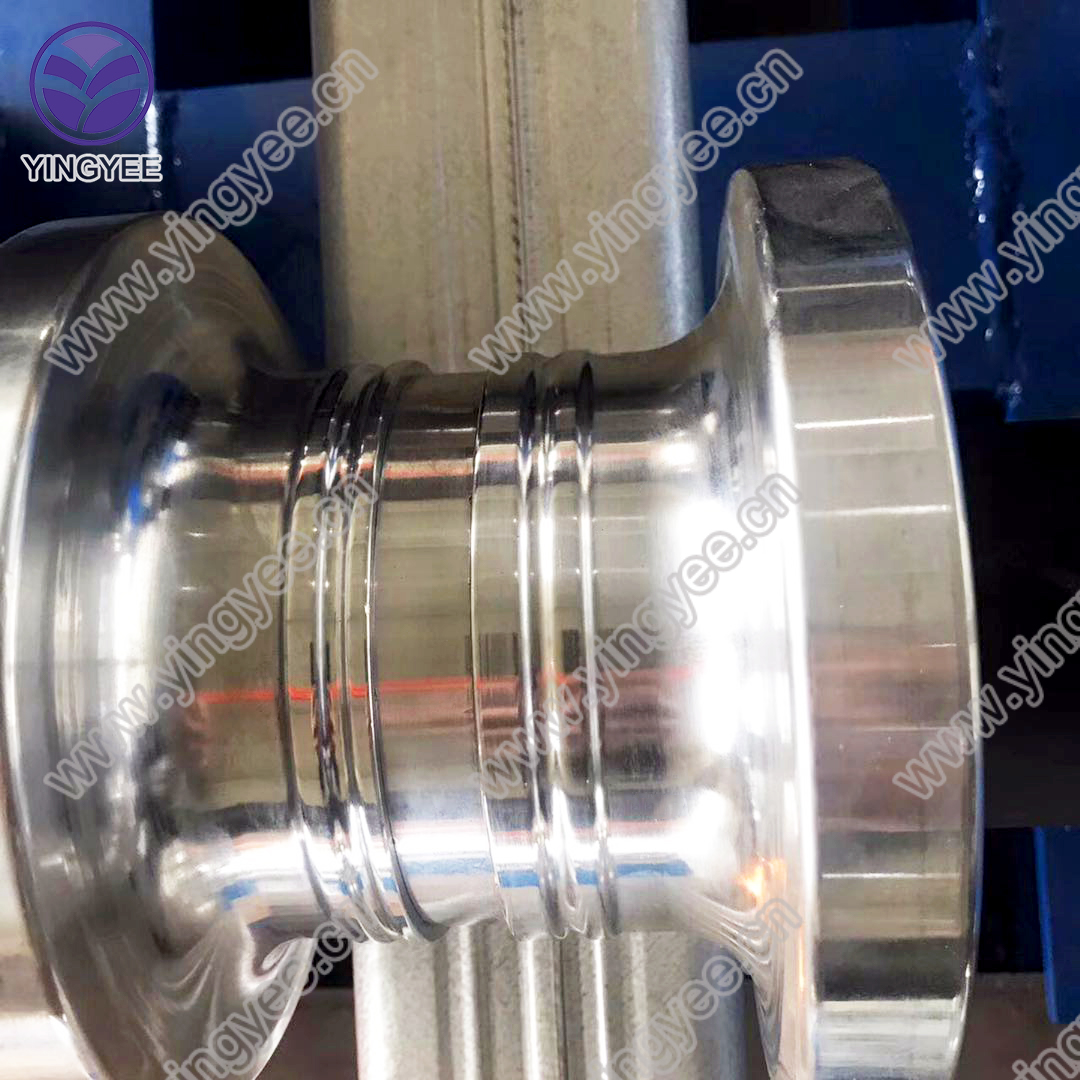
Understanding Metal Ceiling Systems and the Role of Roll Forming Machines
In the construction and interior design fields, metal ceilings have become increasingly popular due to their aesthetic appeal, durability, and ease of maintenance. Among the various components that contribute to an effective metal ceiling system are the metal ceiling studs, tracks, drywall, C channels, main channels, and wall angles. These elements not only provide structural support but also contribute to the overall look and feel of a space. To efficiently produce these essential components, roll forming machines come into play. This article explores the intricacies of metal ceiling systems and the role of roll forming technology in their production.
Components of Metal Ceiling Systems
1. Metal Studs Metal studs are lightweight and durable, making them an excellent choice for supporting ceiling systems. They resist warping and provide a sturdy foundation for attaching ceiling panels or drywall. With the advancement of manufacturing techniques, metal studs are now available in varying sizes and thicknesses to suit different applications.
2. Tracks Tracks work in conjunction with metal studs to create a framework for ceiling installations. Typically installed along the ceiling perimeter, they allow for the secure placement of studs, which can be spaced according to design specifications. Using tracks ensures the ceiling structure remains level and aligns perfectly with architectural plans.
3. Drywall Drywall, or gypsum board, is commonly used in conjunction with metal ceilings. Once the framework is in place, drywall sheets can be attached to the metal studs, creating a smooth, finished surface. It can be easily painted, textured, or covered with other materials to achieve the desired aesthetic.
4. C Channels and Main Channels C channels are structural components that add additional strength to the ceiling system. They provide support for the panels and contribute to the overall stability of the installation. Main channels are larger structural elements that run perpendicular to the metal studs, linking multiple sections of the ceiling to create an expansive, continuous surface.
5. Wall Angles Wall angles are installed at the intersection of the wall and the ceiling. They play a crucial role in ensuring a neat finish and serve to conceal any imperfections. Wall angles can also support the edges of the ceiling panels, providing a clean and professional look.
The Role of Roll Forming Machines

Producing these components efficiently and with precision is where roll forming machines come into play. Roll forming is a continuous bending operation that creates shapes from metal strips as they pass through a series of rollers. Here are some key advantages of using roll forming machines for the production of metal ceiling components
1. High Precision and Consistency Roll forming machines offer high levels of precision, ensuring that each component adheres to strict specifications. This accuracy is crucial in construction, where even minor discrepancies can lead to significant problems down the line.
2. Efficiency With the ability to produce long lengths of components continuously, roll forming machines minimize waste and maximize productivity. They can operate at high speeds, significantly reducing lead times for construction projects.
3. Versatility Roll forming machines can be adapted to produce a wide variety of profiles and sizes. Whether it's different lengths of metal studs, tracks, or C channels, these machines can be easily reconfigured to meet changing project requirements.
4. Cost-Effectiveness By streamlining the production process, companies can reduce labor costs and produce components at a lower price point. This cost efficiency is crucial in a competitive market, where budgets are often tight.
5. Flexibility in Design Modern roll forming technology allows for greater design flexibility, enabling manufacturers to create custom profiles that meet specific architectural needs. This capability encourages innovation in metal ceiling design, providing architects and designers with new possibilities.
Conclusion
The evolution of metal ceiling systems and the technology behind their production has transformed the way we approach interior design and construction. With the integration of metal studs, tracks, drywall, C channels, main channels, and wall angles, designers can create aesthetically pleasing and structurally sound environments. The role of roll forming machines in producing these components efficiently marks a significant advancement in the industry, ensuring that these systems are not only durable and functional but also tailored to the unique needs of each project. As technology continues to evolve, we can expect even more innovative solutions to emerge in the world of metal ceilings.